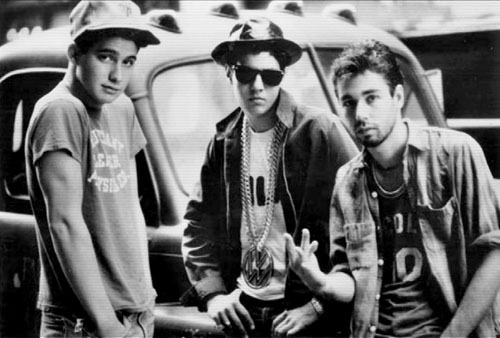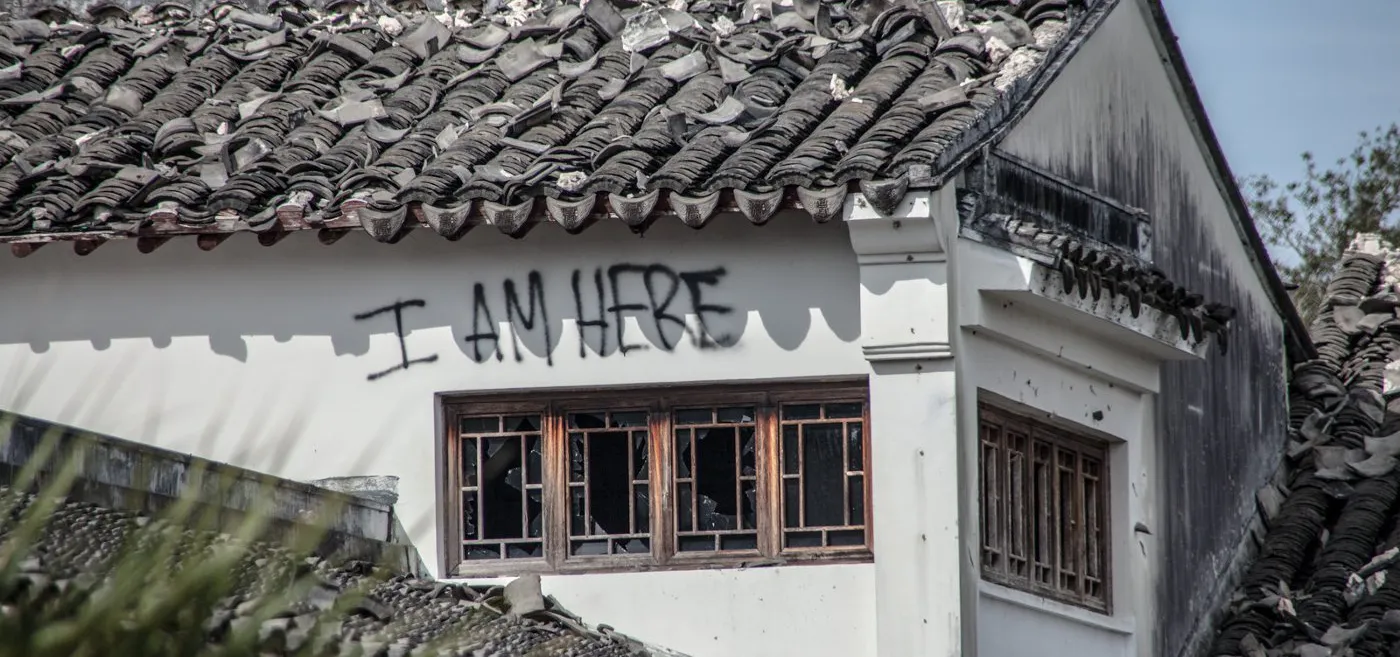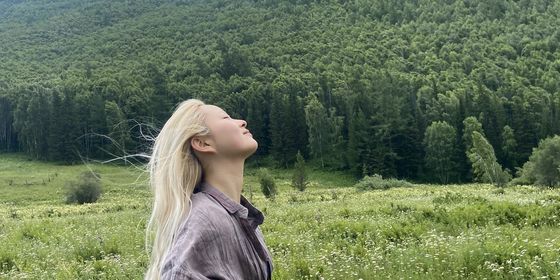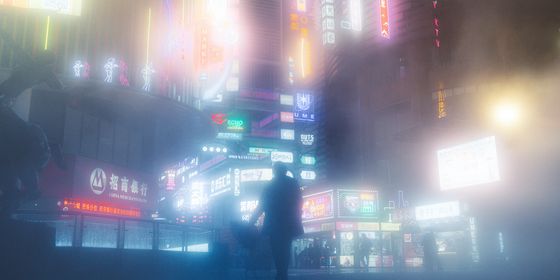In the 90s, the Splendid China theme park in Orlando was meant to be a bridge between cultures. It failed.
Fellow tourists, today, on our tour of all things wrong with Sino-US ties in the 90s, on your right you’ll see theme park Splendid China, Orlando. Keep your hands in the vehicle and pay no attention to the protesters.
For a bit of background, we start with the opening of the Splendid China theme park in Shenzhen in 1989. Featuring miniature replicas of famous Chinese landmarks like the Great Wall and Forbidden City, Splendid China was among the first wave of theme parks opened in the country, and the fact it’s still going today (after merging with Window of the World, which basically its globalized version) is a testament to its enduring appeal.
In the 1990s, though, this success was mistaken for international potential–Splendid China became the prototype for a franchise project in America’s theme-park heartland of Florida. Splendid China Orlando was a $100-million soft-power project that rapidly became a boondoggle of epic proportions.
For this is not a tale of two cultures coming together to enjoy a day out at the park. This is a tale of two kinds of stupidity.
One type involves the operators, who in their zeal to bring Chinese culture to America, proved to be inept operators, alienating park staff and the local community. The other type involves American reactions to the park, which veered between hysterical xenophobia, righteous anger, and absurd fetishism.

The park’s former welcome sign, looking like Mickey Mouse crashed through it. (Rhys Asplundh)
Splendid China opened in December 1993. It would endure for 10 tumultuous years before being shut down following a sustained press campaign by outraged activists. After an ignominious closure in 2003, the park lingered on, its facilities falling into decay. A decades later, when new owners finally began to dismantle it for good, vandals had already pillaged its valuables like a cut-price re-enactment of the sacking of the Old Summer Palace 150 years earlier. This was, perhaps, a fitting end to yet another failed attempt at foreign engagement, a dismal coda to a performance nobody wanted.
The tale begins with a bright-eyed educator named Josephine Chen, who toured the original Splendid China (as it was then known) near Shenzhen, during 1989, its prototype year. After seeing the miniature array of reproductions of famous Chinese historical sites, Chen made an agreement with the operators to bring versions of all these attractions to America.
Along with all the scale replicas, it would seem that a microcosm of all Sino-US conflicts came with the deal. If you think that ties today are riddled with misunderstandings and suspicion, cast your mind back to the 90s and every trendy progressive discussing Tibet on campus. Then imagine what would happen if the Chinese government helped build a miniature version of the Potala Palace in Florida.
Things got silly, fast.
Even prior to the park’s opening, a campaign was underway to get it shut down due to the Tibetan elements. As President Clinton was meeting with Chinese President Jiang Zemin in Seattle about a month before the park’s opening, media reports were already citing the proposed park as one example of China’s propaganda narrative, which, apparently, hasn’t changed all that much in 20 years (former speaker and Democratic politician Nancy Pelosi even stars in many of the stories; today she’s the Minority Leader of the House of Representatives)
Most protesters were aggrieved over human rights issues. Some, including a group of Buddhist monks, quietly protested the park’s opening. Others took a less measured approach.

Tsk, they even misspelled “gotta” (Rhys Asplundh)
Nevertheless, and with financial support from the Beijing-backed China Travel Service of Hong Kong, plus a Taiwanese-American conglomerate, the park opened on December 19, 1993. Only the day before, the Miami Herald issued an editorial titled “The Torturers’ Theme Park,” which went so far as to claim that Florida’s “knack for cheerful unreality…breeds monsters.”
Amid the controversy, beleaguered park spokesman Carl Reynolds told media that the park was not political, and was just trying to make a cultural statement. Reynold’s efforts were largely in vain. Protesters with signs like “NO COMMUNISM IN KISSIMMEE” were there for the opening, as was the coterie of sullen monks.
The Miami Herald did also provide more measured commentary—their former Beijing correspondent Michael Browning reviewed the park and balanced moral concerns over human rights issues with genuine admiration for much of the park’s content, even throwing in some absurdly exotic language: “Splendid China shines like a small, jeweled Faberge Easter egg in the middle of Jurassic Park.”
Faberge Egg? … Ok.
“The Great Wall—the Chinese call it Chang Cheng, the Boundless Wall—undulates across one end of the park,” he also wrote, but the thing is, the translation for “Chang Cheng” is just “Long Wall”. Not boundless. (It’s actually many walls, and they are, in fact, well and truly bounded; nobody but Michael Browning calls it the boundless wall.)
Did we mention the Beastie Boys got in on the act? This entire drama wouldn’t be complete without the Beastie Boys. Let’s jump ahead to 1995, when a remarkable letter is sent to the editor of student newspaper Central Florida Future in January, purporting to be from a park employee who claimed that Chinese employees were being held prisoner there, and forbidden from communicating with locals.
The letter, moreover, cited rumors of an actual “concentration camp” being built to house them. And despite Tibet outrage continuing at full steam, the park was reported to have attracted about 700 to 1,000 visitors each day (in comparison to about 33,000 at the Magic Kingdom part of nearby Disneyland, which was roughly the same size).
Amid this tense standoff, hip-hop legends the Beastie Boys repeatedly spoke out against the park and announced a protest concert to protest it. It got canceled due to bad weather.

Lookin’ Beastie (allthingsstylish.tumblr.com)
Following this small setback, protesters decided to refocus their attention on local schools, which finally paid off. By the end of the year, the Clearwater area of Florida had banned school visits to the park on the premise that the park did not represent wholesome American values of free speech and human rights.
Splendid China continued to gamely bumble along for several years before investors could no longer ignore their returns. In April 2000, rumors started swirling about financial woes, staff being laid off (in marketing, but still), and attempts to court buyers. Reports indicated the park was losing $9 million a year, and by May it had been independently confirmed that the park was set to be sold.
Finding a buyer proved difficult; the gossip section of the Orlando Business Journal suggested that interested parties Chinese were resisting a sale because the park provided an excuse to travel to Florida, as well as employment opportunities for Chinese staff who did not fancy the free market much: “Many high-ranking Chinese officials use the Orlando attraction as an outlet for junkets and United States employment for their family members” one article claimed.

Autumn wind clear/Fall leaves gather and scatter/Beware of dog (Rhys Asplundh)
A deal to sell it to Massachusetts company Brookhill at “bargain basement prices” fell through. Then Brookhill took Splendid China to court in an effort to force its hand. Park management still denied any sale was in the works, despite court papers demonstrating that stalled negotiations had taken place. The documents also confirmed that Chinese staff and management “didn’t want to pack up and go home,” with Brookhill alleging that staff had gone online and slandered the $50-million deal in order to make it fall through.
By the end of 2000, things were looking less than splendid for park staff. Sunny Yang, the new president, had disappeared. Brookhill, now engaged in a messy legal battle, wanted to talk to him, but there were reports from the local consulate that Yang was now under house arrest in China.
Chinese authorities had good reason to be suspicious. Despite the fact hundreds of millions had apparently been spent on what was little more than a mini-golf course with a Chinese theme, Splendid China had continued to hemorrhage cash and Yang’s management had first milked resources and “deteriorated the park so that he could sell it” (according to one frightened employee), then become downright hostile when it came to facilitating the deal and ending the catastrophe.

After being abandoned for years, the park resembled a modern Beijing housing compound (Rhys Asplundh)
In 2003, the park was officially closed to the public, although looters, vandals and various pesky teens continued to have their way with the deserted lot. It was not until 2013 that new owners finally began to physically tear down what was left of the park. It was a less than fairytale ending for Splendid China, perhaps Orlando’s least likely rival to the Magic Kingdom.
Cover image via Rhys Asplundh












